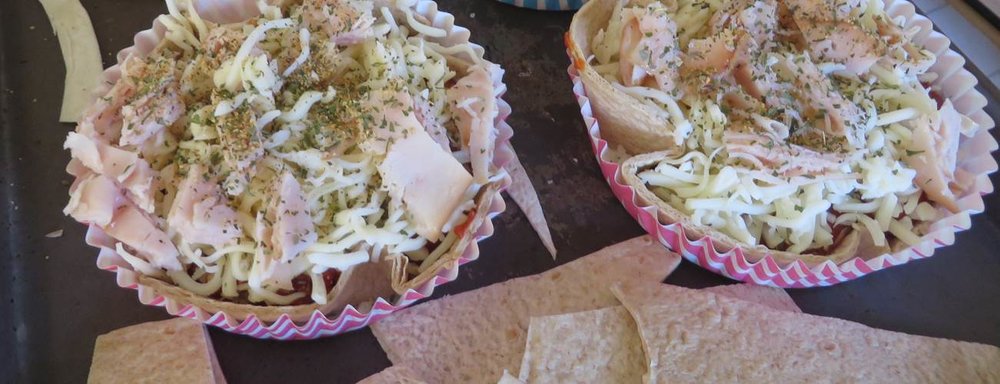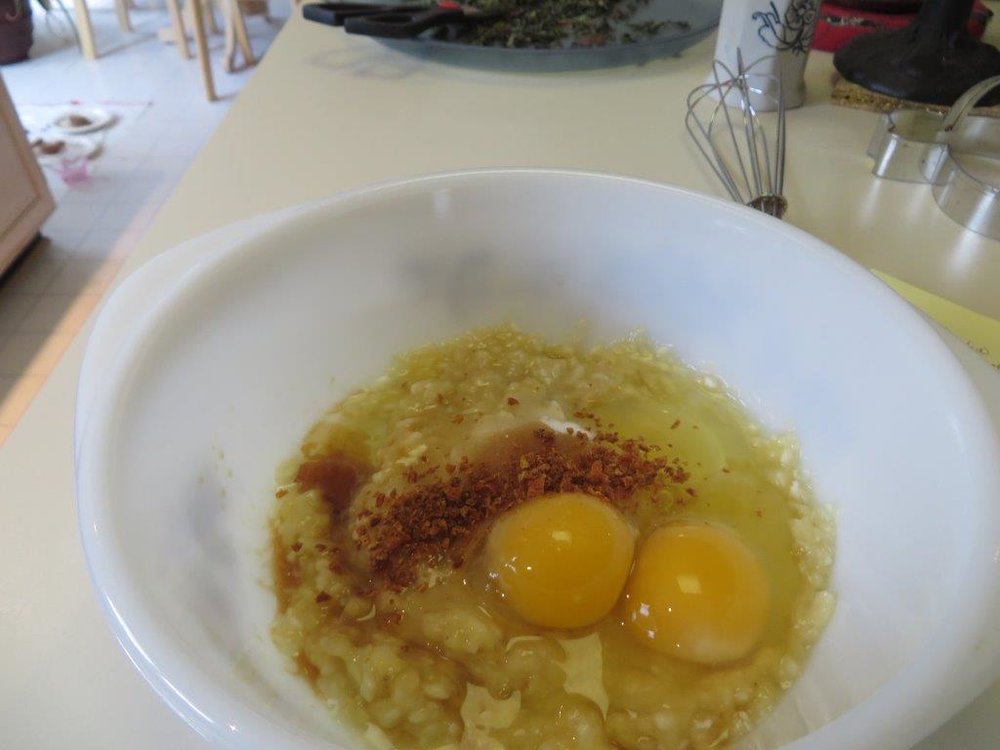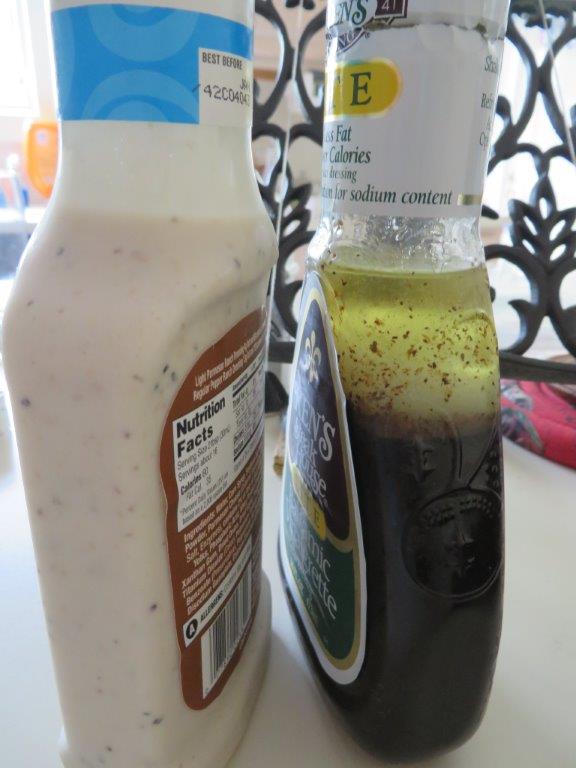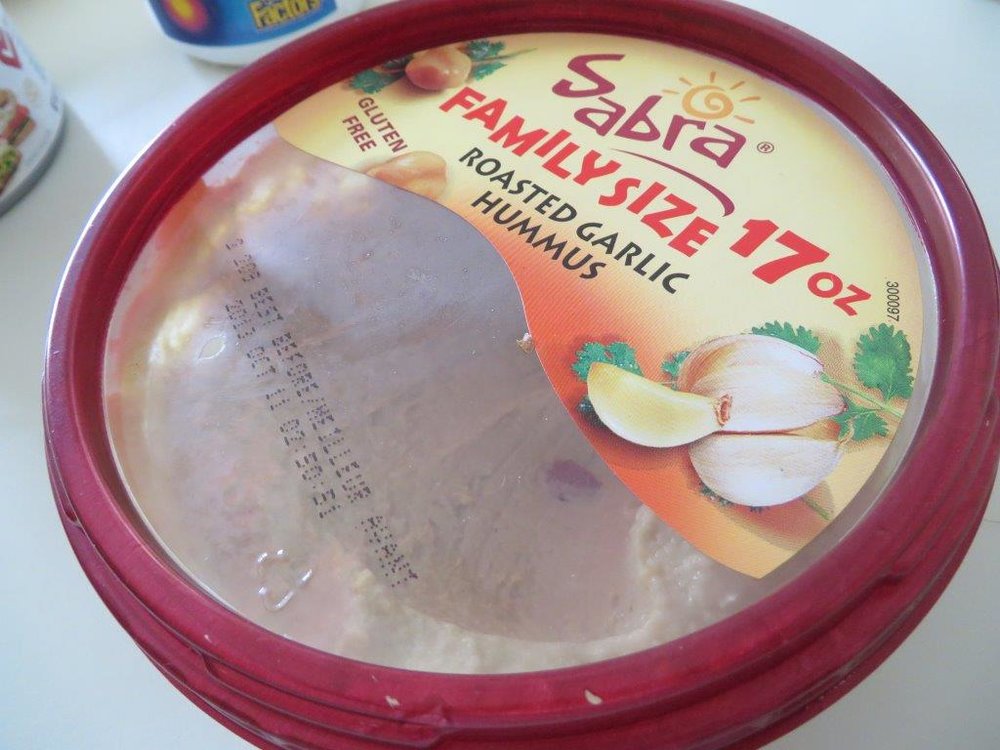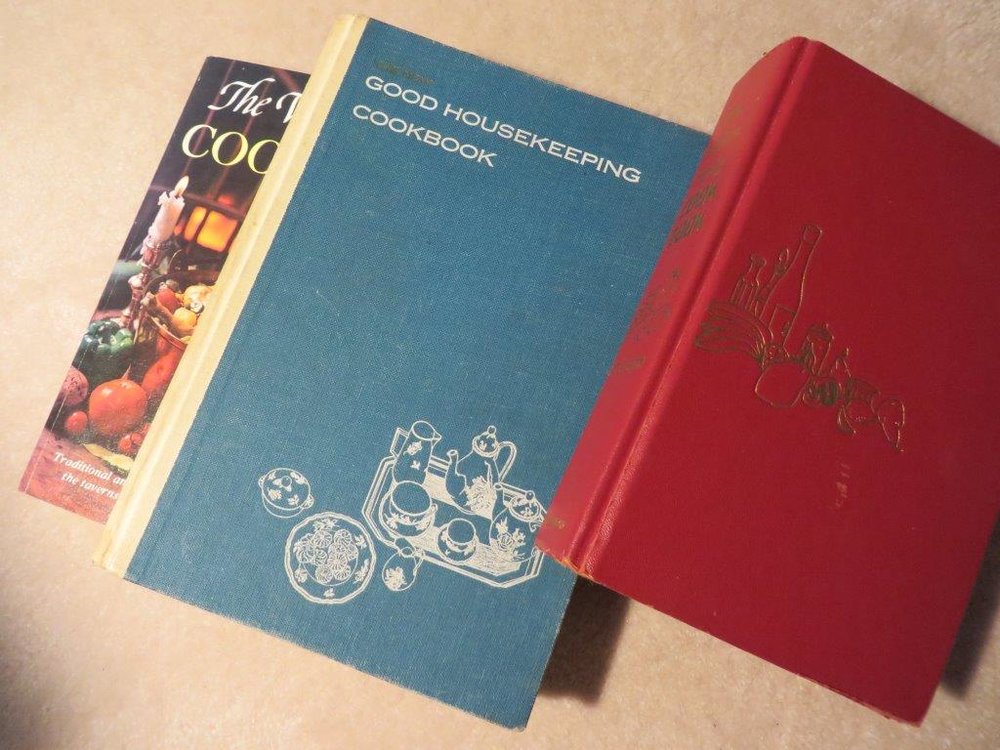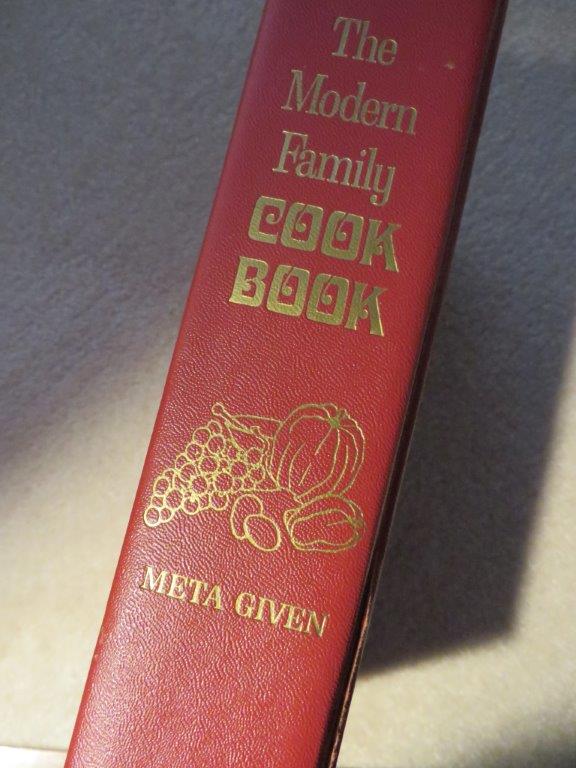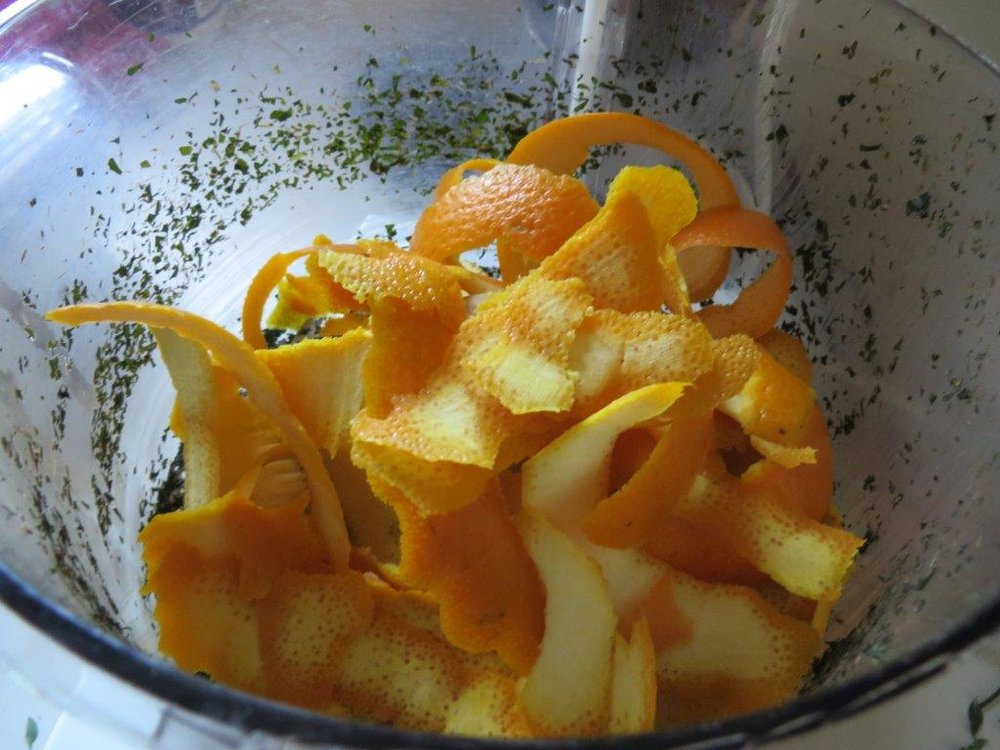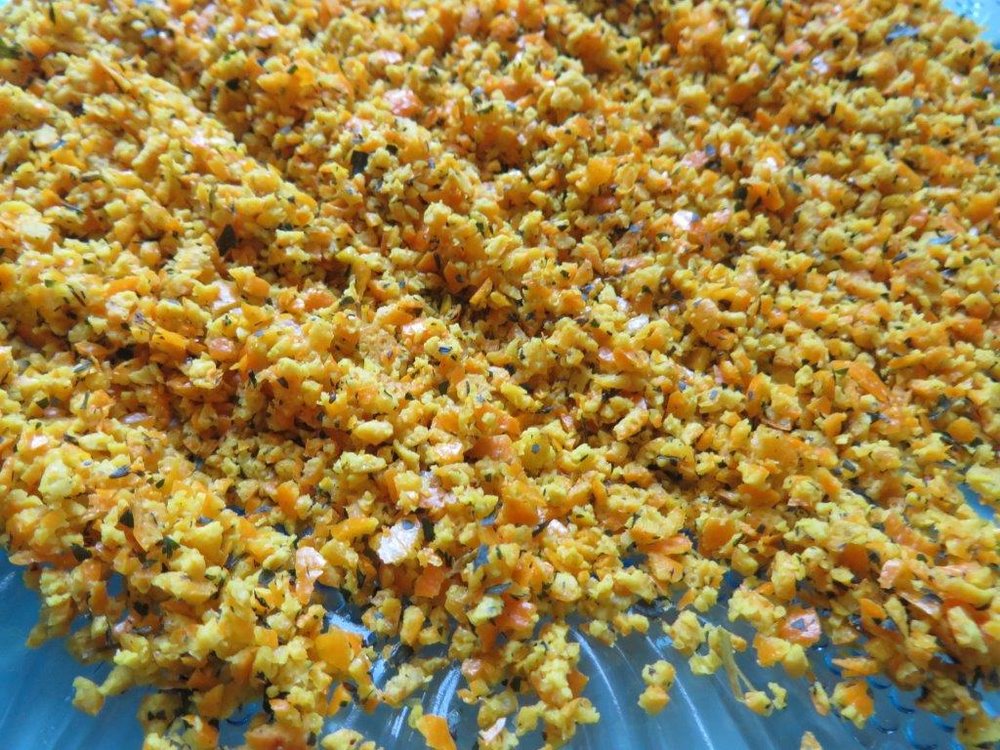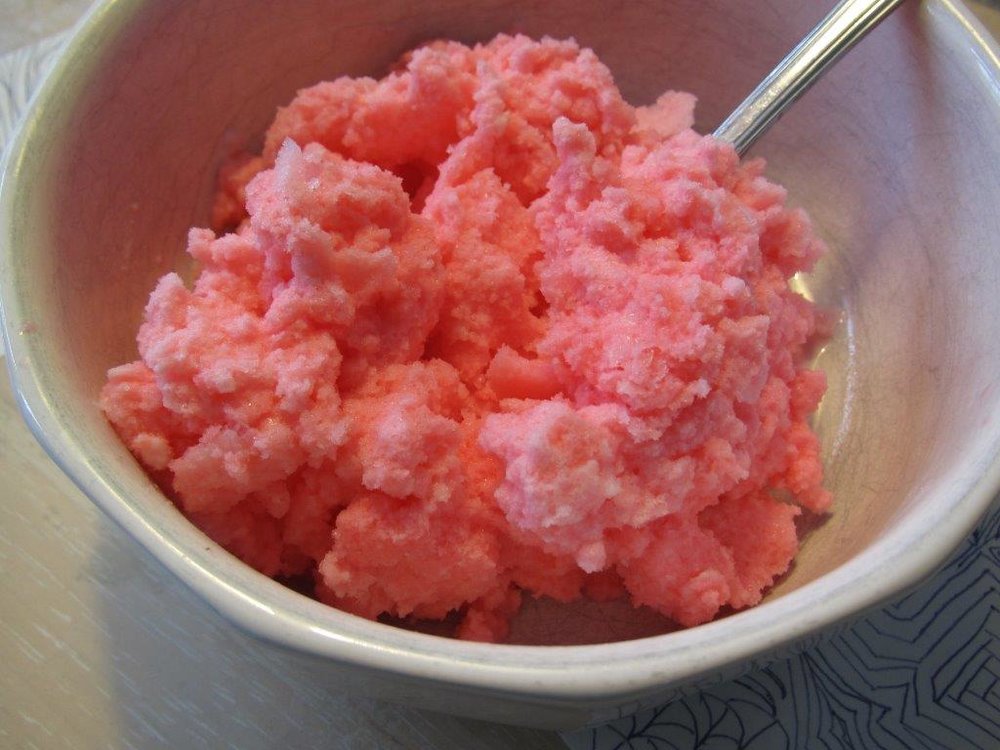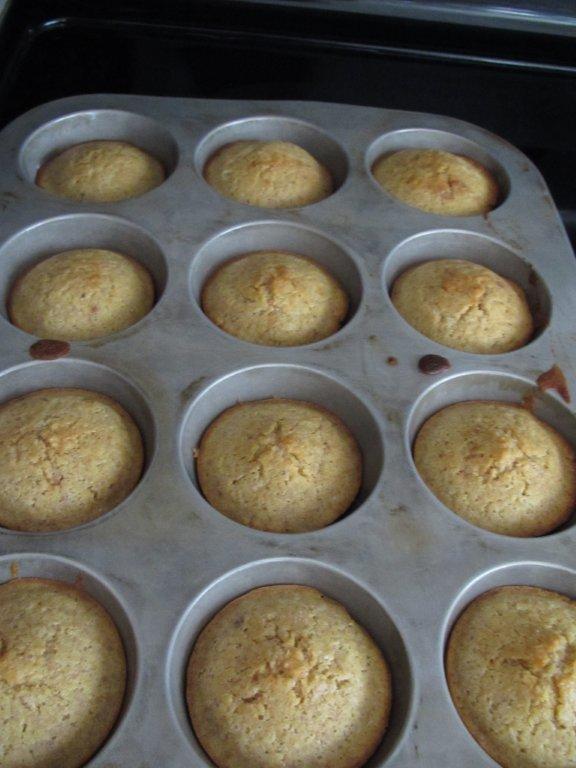Gleanings of the Week Ending December 7, 2013
/The items below were ‘the cream’ of the articles and websites I found this past week. Click on the light green text to look at the article.
The Snowman - Our family’s favorite holiday video - now available on YouTube.
Goldenrod Seeds - Chris Helzer’s photos posted to his ‘The Prairie Ecologist’ site
Khan Academy - I’m taking two Coursera courses about education (E-learning and Digital Cultures from The University of Edinburgh and Emerging Trends & Technologies in the Virtual K-12 Classroom from University of California, Irvine). The number of resources I’m discovering on the web through these courses is staggering. This is one of them.
Psychedelic Images of Terrifying Viruses - The colorization of microscopic images of viruses is done to make it easier to study the structure. You can look at them from that perspective or enjoy them as art! Be sure to look at the comments section for Luke Jerram’s glass sculptures of microbes (other images of the glass here).
Cherry Basil Crumble Bars - I am intrigued by the idea of using beans in the crust/topping and pairing cherries with basil
Are MOOCs the Future of Online Education - Infographic about Massive Open Online Courses (MOOCs) that includes currents statistics and some pros and cons about taking a MOOC.
Top 25 Wild Bird Photographs of the Week #55 - I couldn’t resist including this one. My favorite, of course, is the peacock.
Ye Old Parasites - A study of decomposed feces from one of a castle’s latrines has shown high concentration of roundworm and whipworm parasites that plagued crusaders around 1200. Aside from being an interesting footnote to history on its own, it helps explain why so many crusaders died of malnutrition. The detailed genetic information of the parasites from 1200 compared to their modern forms can also guide treatment development to parts of the genome that are less likely to evolve (and become resistant).
What it’s like to grow old, in different parts of the world - Jared Diamond at TED.
Photos of Tiny Animals on Fingers - Enjoy!


